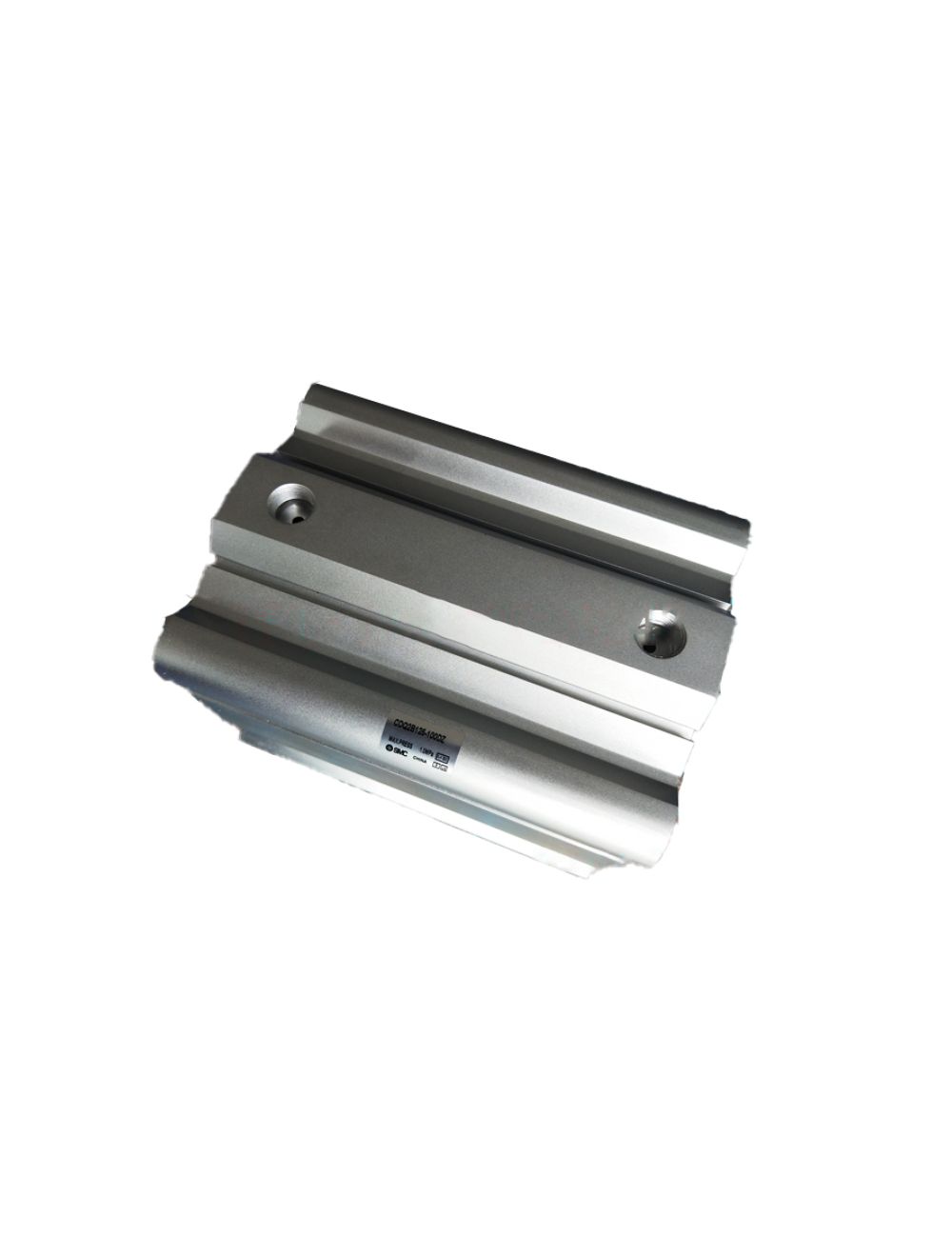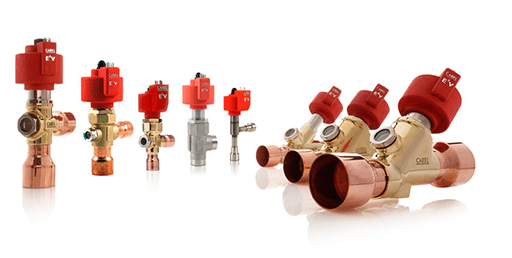
Figure 1: Electronic expansion valves of different models.
The electronic expansion valve is a kind of the expansion valve. It uses the electrical signal generated by the adjusted parameters to control the voltage or current applied to the expansion valve, thereby achieving the purpose of adjusting the liquid supply.
The stepless variable capacity refrigeration system has a wide adjustment range for the cooling liquid supply, and requires a fast adjustment response. Traditional throttling devices (such as thermostatic expansion valves) are difficult to perform well, but electronic expansion valves can meet the requirements.
1. Basics about Electronic Expansion Valves
The electronic expansion valve is a throttling element that can control the refrigerant flow of the refrigeration device according to a preset program. In some occasions with severe load changes or a wide range of operating conditions, traditional throttling elements (such as capillary tubes, thermostatic expansion valves, etc.) can no longer meet the requirements of comfort and energy saving.
The electronic expansion valve combined with compressor variable capacity technology has been increasingly widely used. At present, the research on electronic expansion valve generally includes three directions: application research, flow characteristics, control strategy and algorithm.
As a new type of control element, the electronic expansion valve has become an important part of the intelligentization of the refrigeration system. It is also an important means and guarantee for the optimization of refrigeration systems to be truly realized, and is used in more and more fields. The application of electronic expansion valve will become more and more mature with the progress and development of technology.
2. Types of Electronic Expansion Valves
Electronic expansion valves all require electrical signals to work. According to the different structure and working mode, the electronic valve can be divided into electromagnetic type and electric type:
2.1 The Electromagnetic Electronic Expansion Valve

Figure 2: The needle valve is driven by the magnetic force of the electromagnetic coil.
As shown in figure 2, the electromagnetic electronic expansion valve drives the needle valve by the magnetic force of the electromagnetic coil. Before the coil is energized, the needle valve is fully open. After the coil is energized, under the action of the magnetic force, the span of the needle valve decreases, and the degree of the decrease is dependent on the control voltage applied to the coil. The higher the voltage, the smaller the opening, and the smaller the refrigerant flow through the expansion valve.
The electromagnetic electronic expansion valve has a simple structure and fast action response, but when the refrigeration system is working, it needs a constant supply of control voltage.
2.2 The Electric Electronic Expansion Valve
The electric electronic expansion valve relies on a stepping motor to drive the needle valve, which is further divided into two types: direct-acting and deceleration.
1) The direct-acting electric electronic expansion valve
It uses a pulse stepping motor to directly drive the needle valve. When the pulse voltage of the control circuit acts on coils of each phase of the motor stator according to a certain logical relationship, the motor rotor made of permanent magnets is subjected to the action of magnetic torque to generate rotational motion. Through the transmission of the thread, it makes the needle valve rise or fall, regulating the flow of the valve.
2) The deceleration electric electronic expansion valve
It has a reduction gear set inside. The stepper motor transmits its magnetic torque to the needle valve through a reduction gear. The reduction gear set amplifies the effect of the magnetic torque, so the stepper motor can be easily matched with valve bodies of different specifications to meet the needs of different adjustment ranges.
Related Info
Detailed Classifications and Features of Electric MotorsPros and Cons of 4 Pairs of Electric Motors
6 Common Electric Motor Failures and Solutions
What is a Thermostatic Expansion Valve?
Basic Structures and Working Principles of Electric Motors

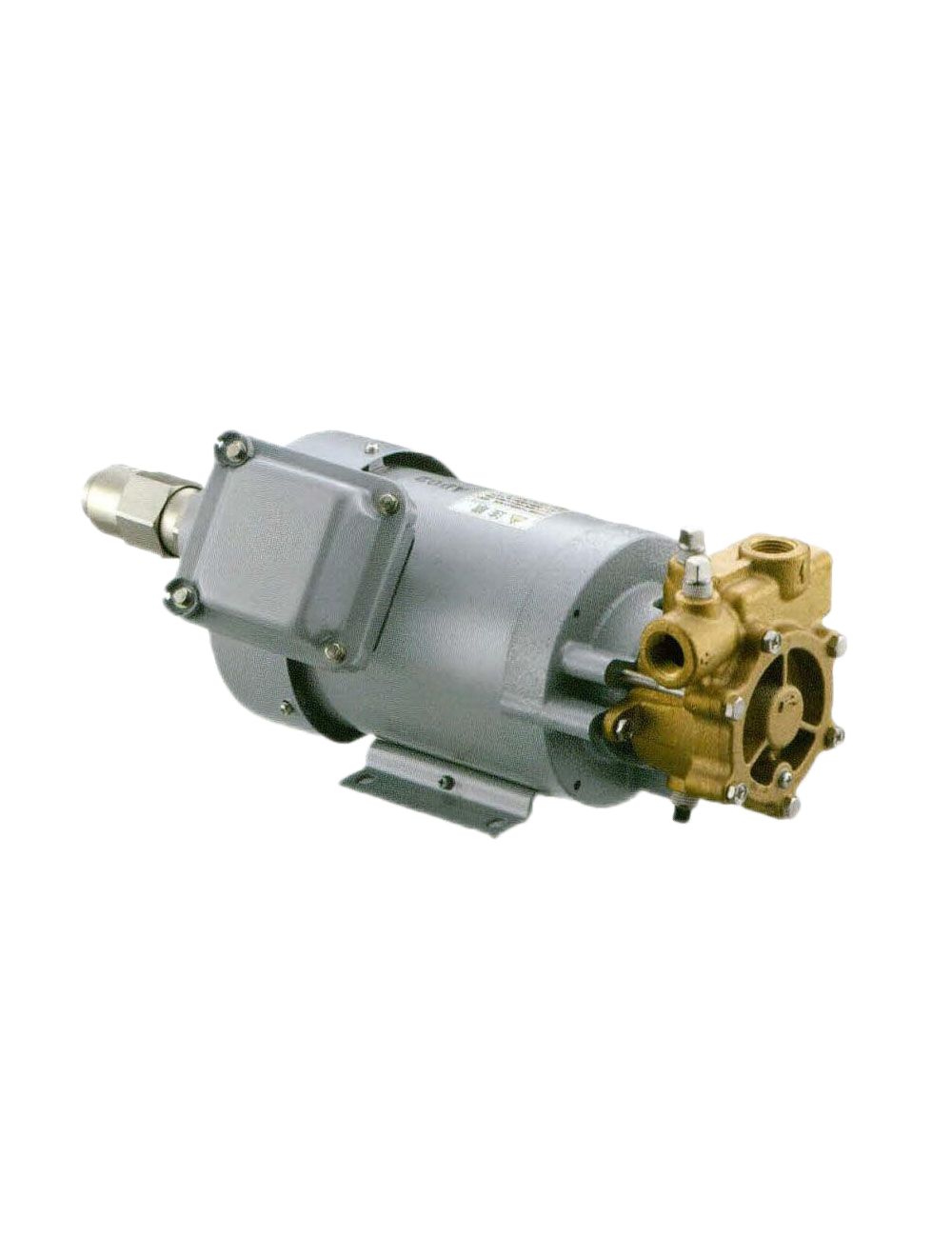

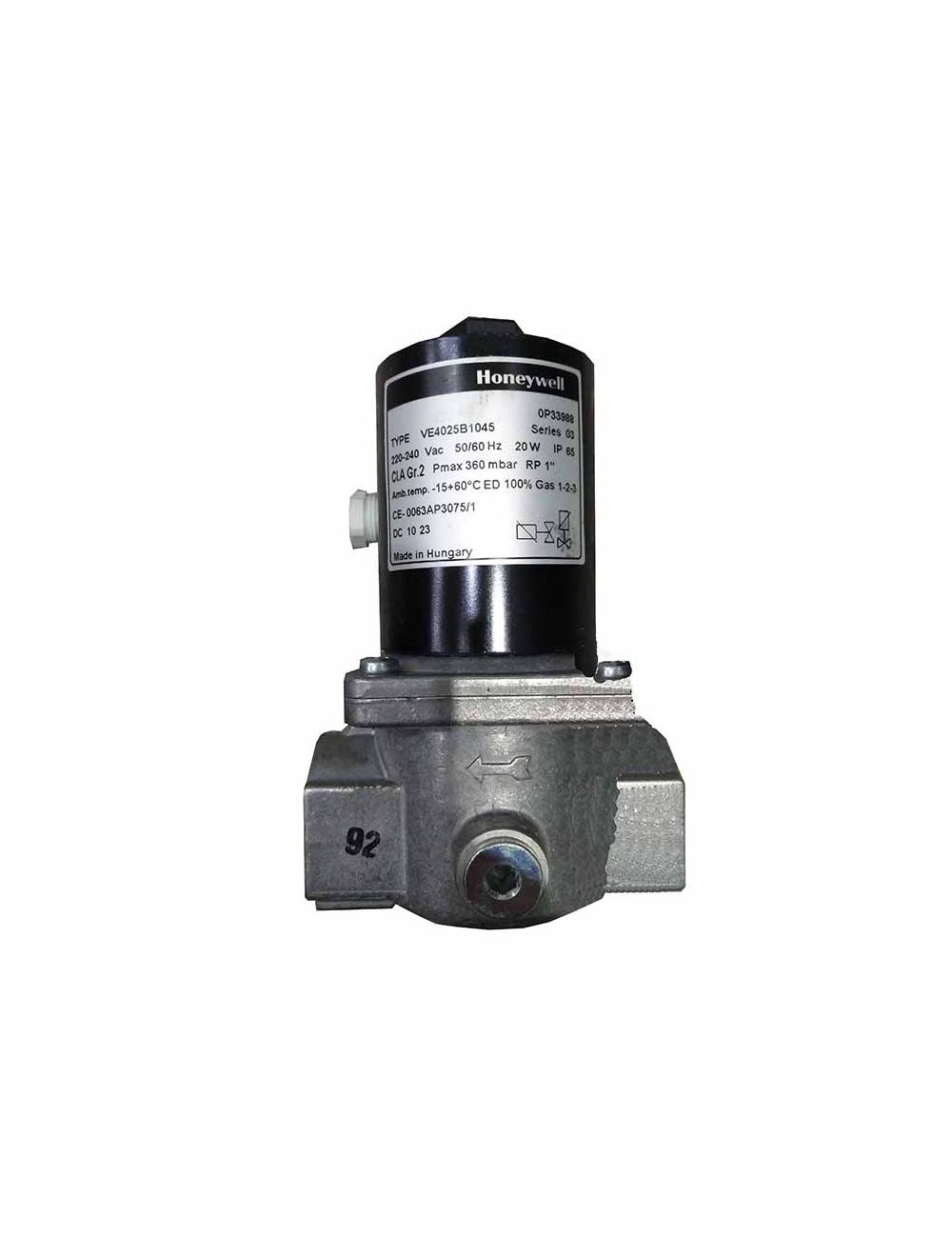
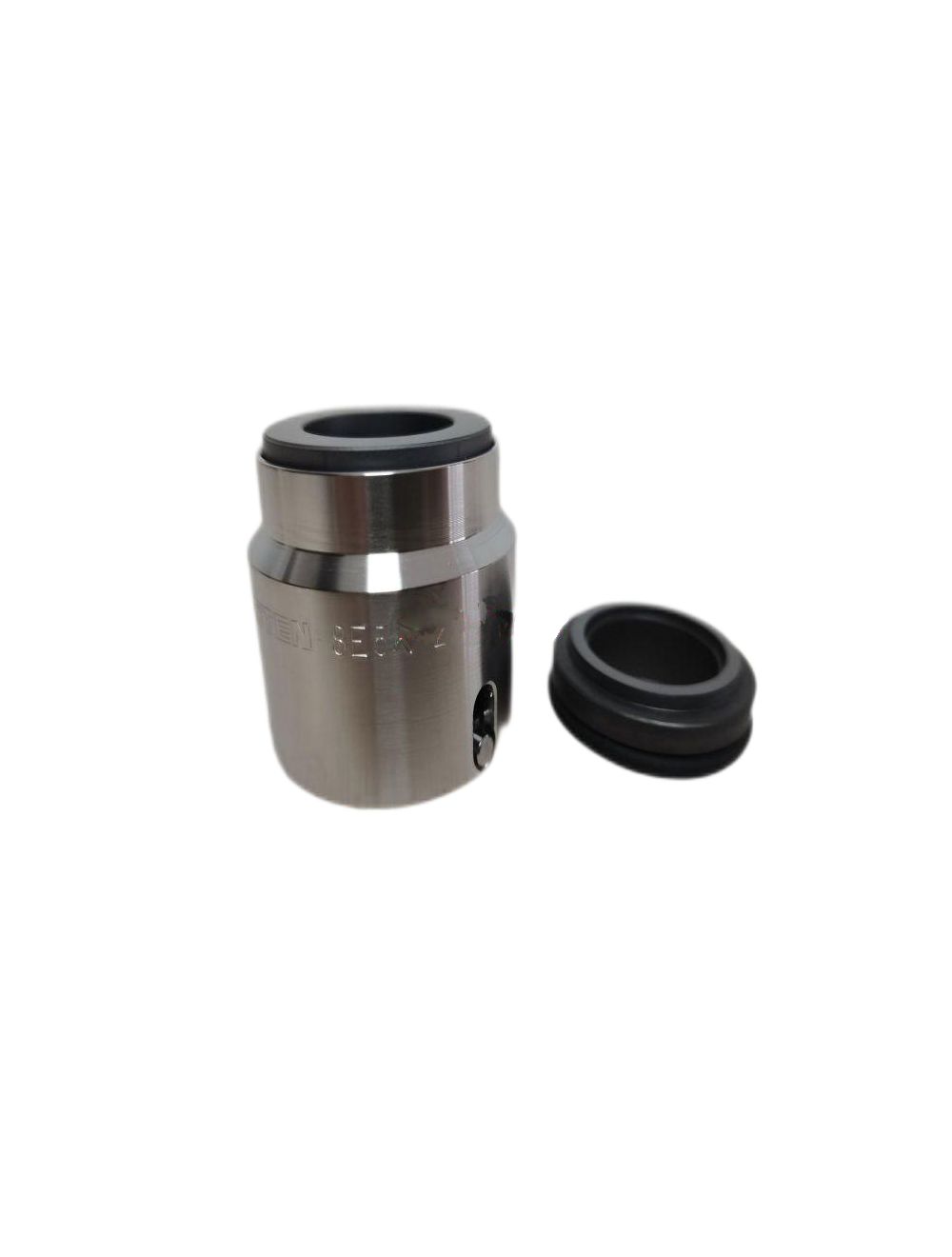


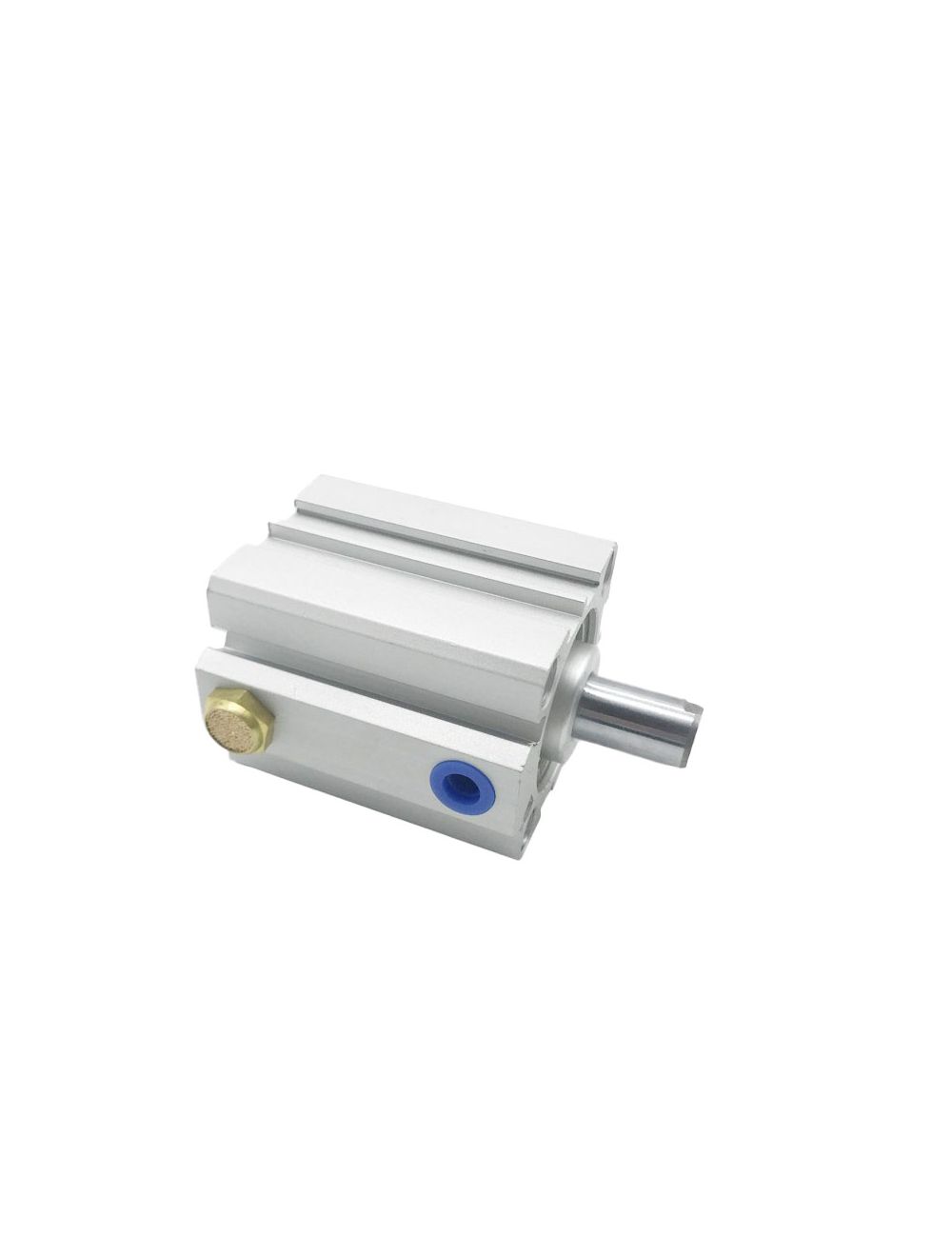

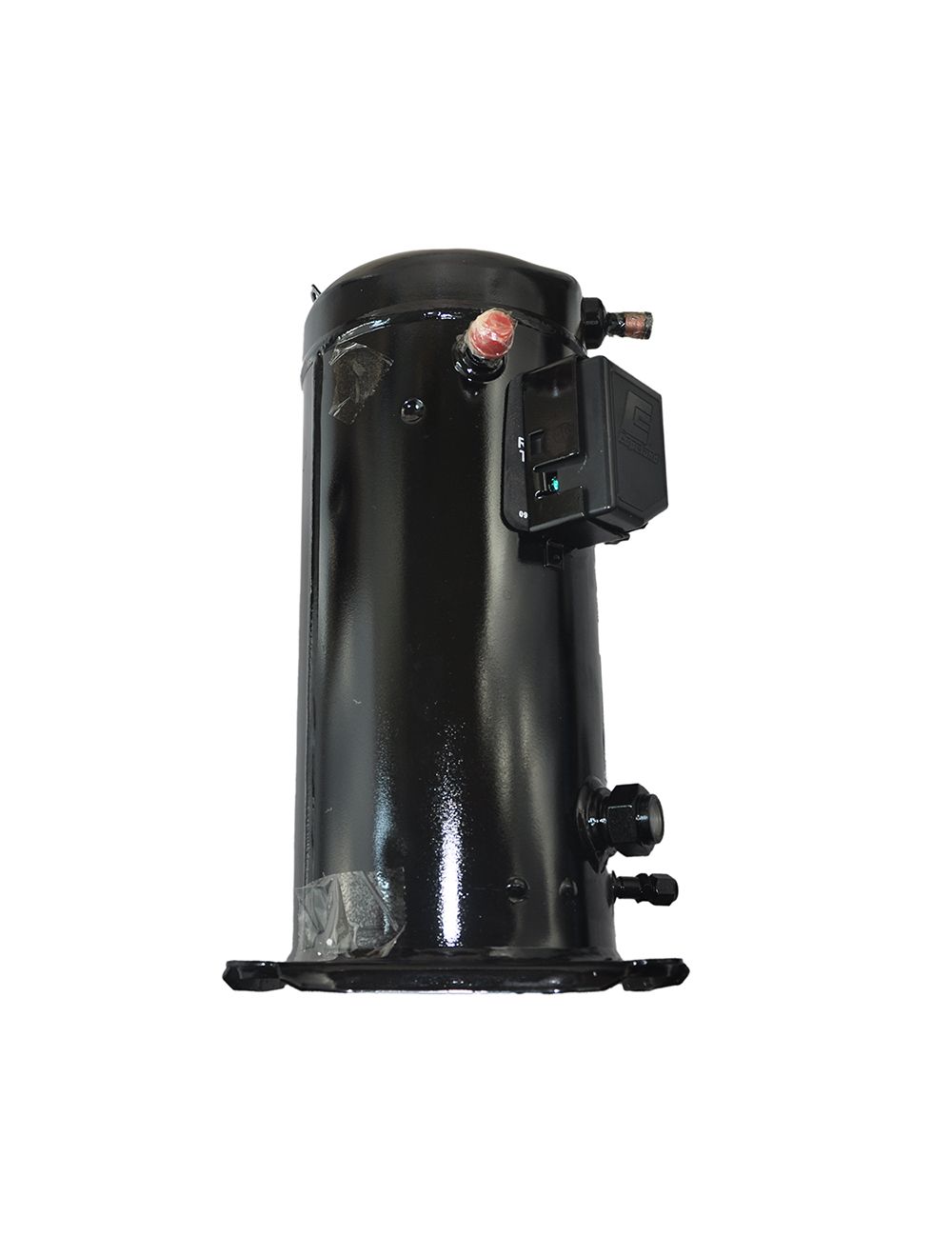



/30-3601ia-1024.jpg)
